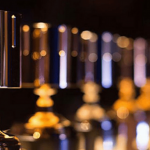
As a character animator for video games, I find it gratifying to know that players appreciate the hours of hard work it takes to bring their favorite characters to life. Animation is a crucial part of an immersive gameplay experience.…

As a character animator for video games, I find it gratifying to know that players appreciate the hours of hard work it takes to bring their favorite characters to life. Animation is a crucial part of an immersive gameplay experience.…

Held at the Kodak Theatre in Los Angeles on the evening of March 24, 2002, the 74th Academy Awards heralded an important moment in the visibility of Hollywood animation. On the one hand, the ceremony marked the inaugural appearance of…
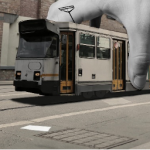
Long has the iconography of the “Hand of the Artist” been used as a storytelling motif in animation, emerging in the early 20th century from roots in vaudevillian ‘lightning sketches’ such as James Stuart Blackton’s The Enchanted Drawing (1900). A magical brush,…
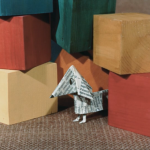
State sponsorship of cinema was a precondition for the functioning of the Polish animation market before 1989. Between 1947 and 1989, Polish animation studios thrived on a steady flow of commissions and state-backed financial guarantees securing their productions. Taking into…
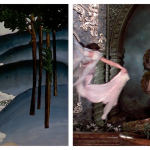
Little is known about Czech director Karel Zeman—his works are still largely unavailable in the West—yet his animation techniques combining stop motion, hand-drawn and cut-out animation with various optical special effects, dubbed ‘Mystimation’, are a stated influence by film directors…
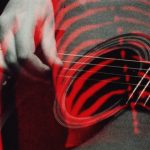
In this post, I will consider how independently produced animations have contributed to the development of this medium today through films by Sandra Lahire (1950-2001) and Barbara Hammer (1939-2019). During the 1980s, both worked with animation in its widest sense,…
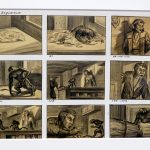
November in Edinburgh: if ever there was a season to nestle and perchance to (day)dream, this would be it. Outside the entrance of the National Gallery of Modern Art, standing in a socially-distanced line, I wait for my turn to…
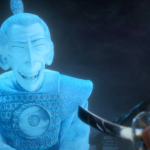
The film Kubo and the Two Strings (2017) marks Fiennes’ third animated appearance as a villain, and I think it is here that his animated star image is consolidated – Fiennes’ voice denotes concerns of class, and his characters belong…
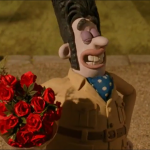
In this post, I want to move on from the simple evocation of a celebrity’s past roles to focus on the ‘vocal’ aspect of celebrity vocal stardom. Fiennes’ next animated villain, Lord Victor Quartermaine, would appear in 2005’s Wallace and…
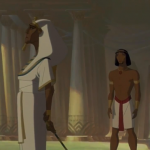
It is certainly true that celebrity voice actors evoke their other roles through vocal performances and, by drawing on this wider intertext, a familiar voice helps to deepen our understanding of a character. My conception of celebrity vocal stardom necessarily…